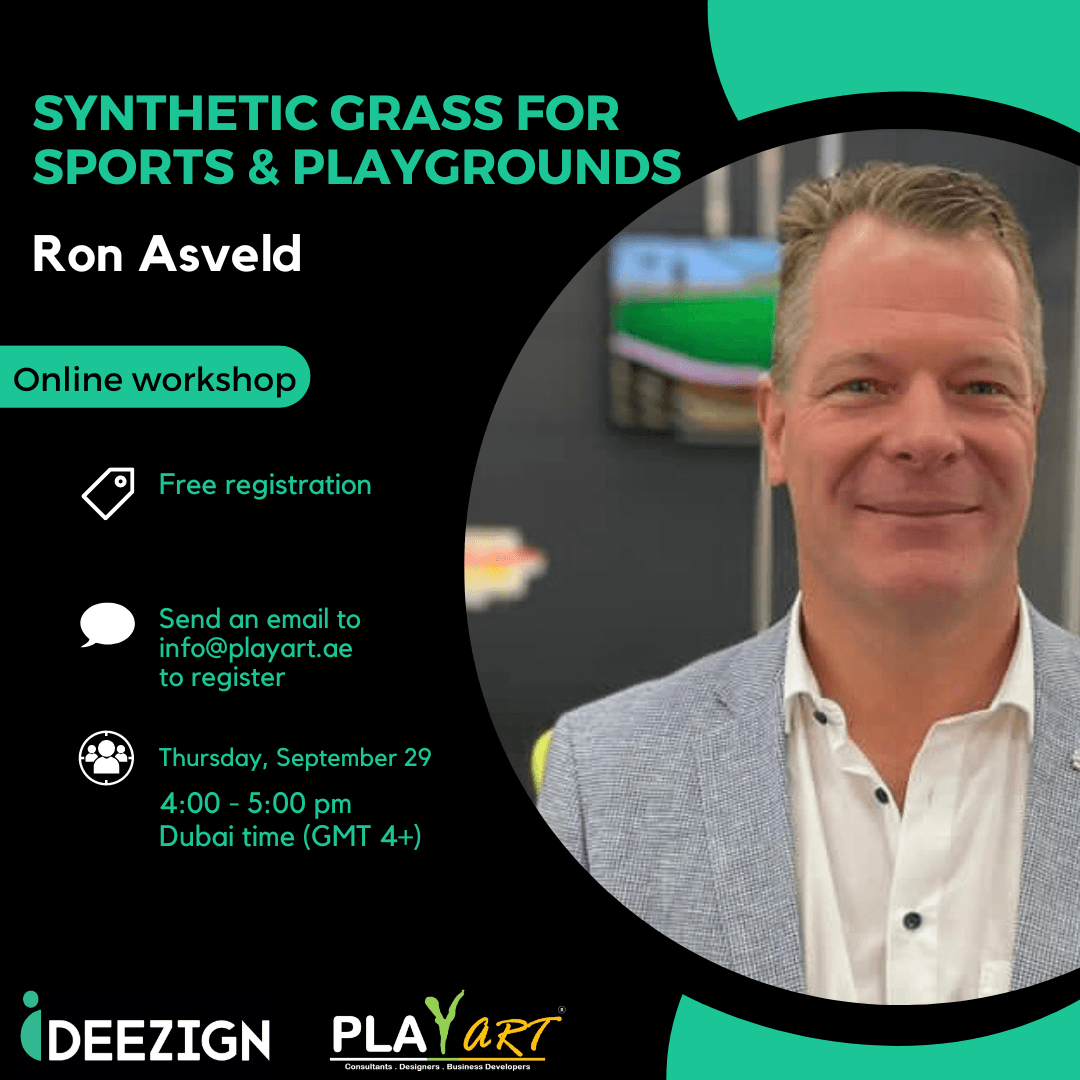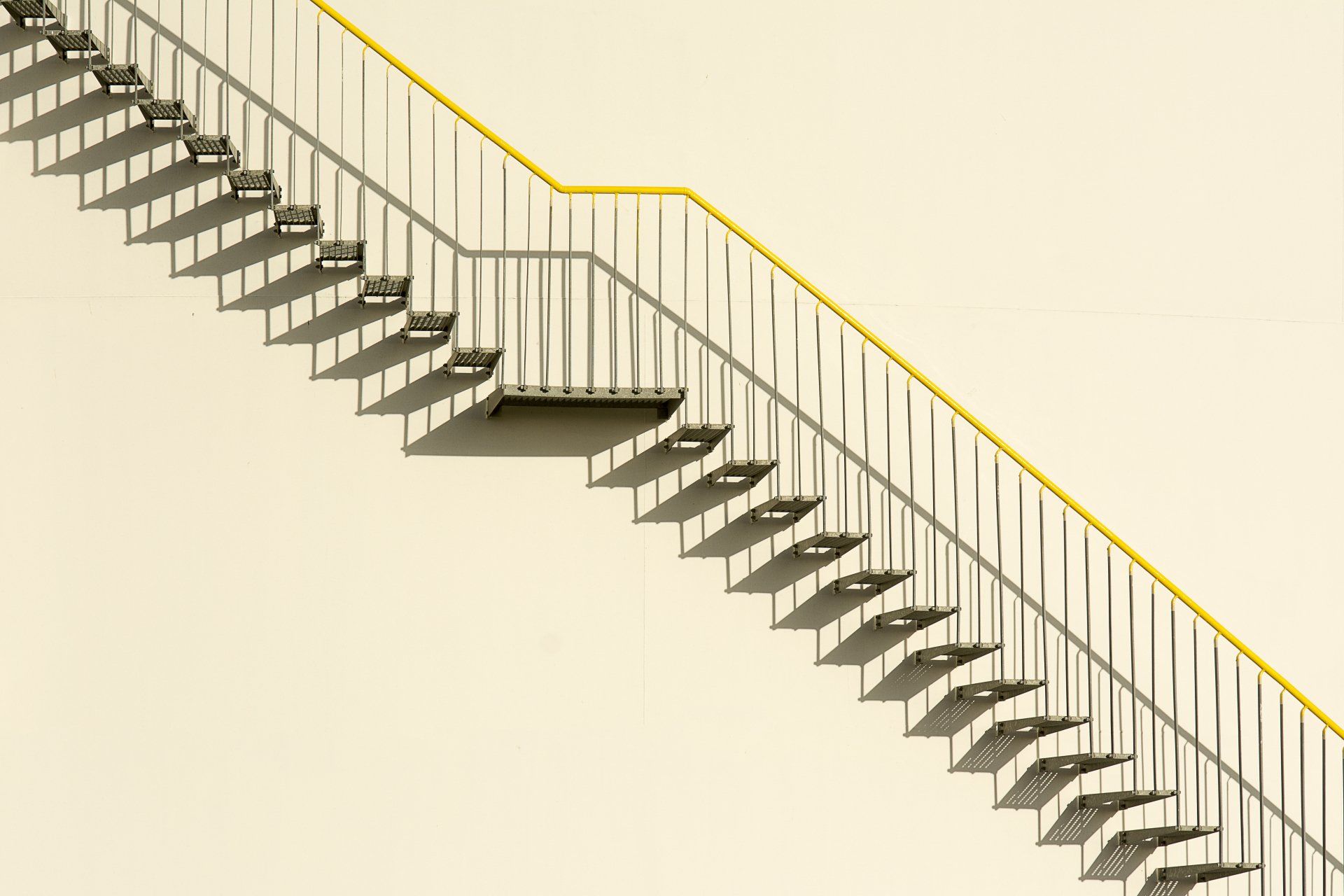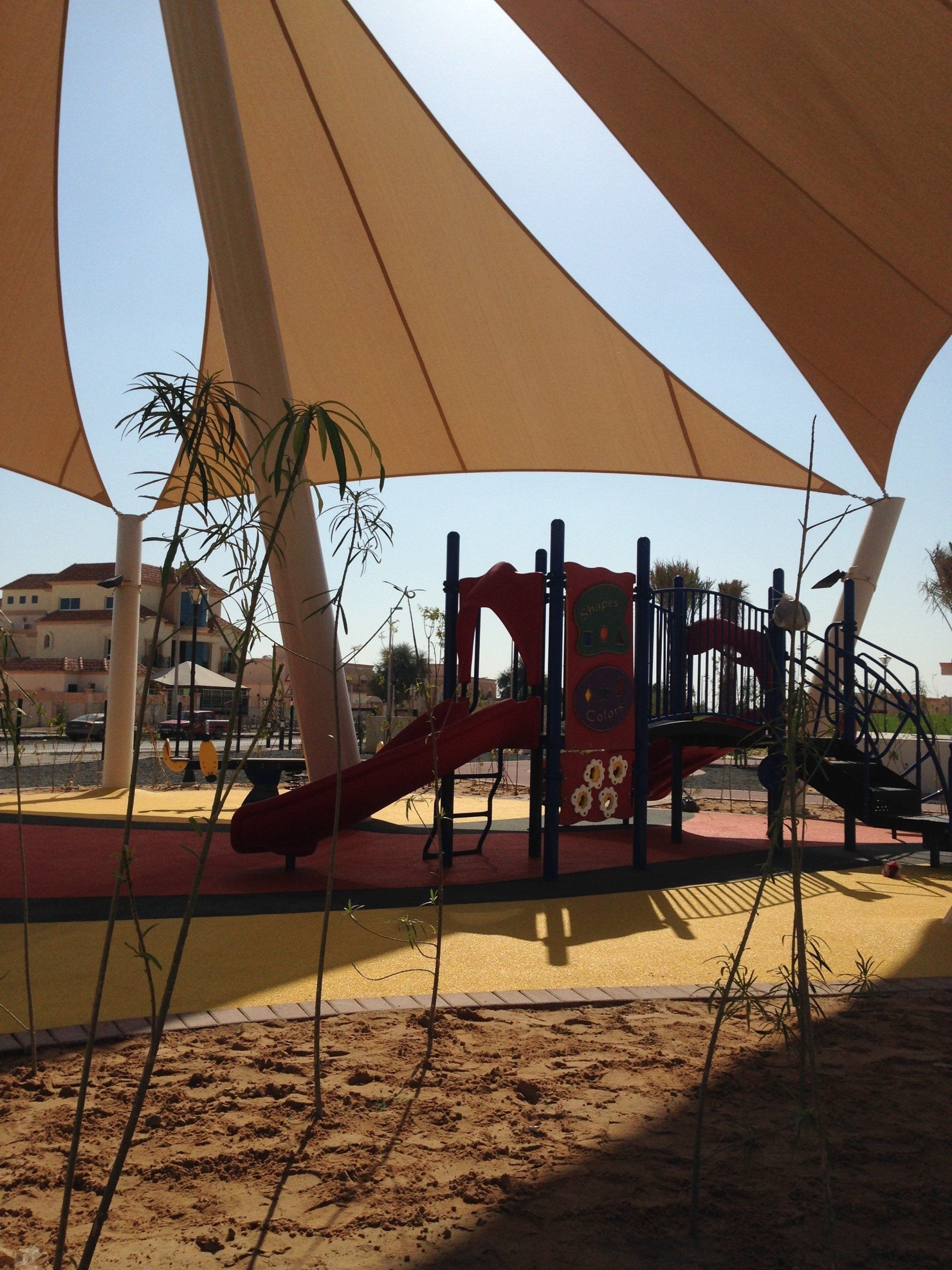Psychology & Design – Asking the wrong questions
Written by: Hasan Algarhy
There has been a significantly rising interest in the topic of psychology and design, mainly to answer the question: How can we design better mental health in our cities, homes, and buildings. An increasing number of research and studies are being published, and new experimentation methods and research approaches are being developed and introduced.
Yet, a fairly significant differentiation should be highlighted when approaching the topic. Three main categories should be well understood and acknowledged.
· Urban design for mental health (Sometimes referred to as Urban Psychology)
· Architecture & psychology.
· Interior design & psychology.
While there is a common ground between the three categories, there are fundamental differences between them and respectively in terms of the design elements and in our approach to design for better mental health and wellbeing. Apparently, there are differences between designing for mental health in an interior space and designing for mental health on an urban scale. Architecture is a third category, where the differentiation could be less obvious. Yet, there are different parameters to consider when approaching each of these categories.
A good example of that would be the connection to nature and biophilic design, which could be considered a common ground between the three categories. Yet the design elements would be different; for example, interior designs would focus on the indoor plants and relevant accessories. On an architecture scale, it would be more towards green walls, green roofs, and nature integration in courtyards, including greeneries and water features. On an urban scale, the designers would design green landscapes, parks, urban trees, fountains, water features, etc.
Another example would be art, where the design elements on an interior design scale would be artworks, wall art, accessories, and even artistic furniture. On an architecture scale, the design of the building and its form could aim at creating an artistic and iconic design. Another example would be the features and design elements on the façades. A huge variety of possibilities is available on an urban scale, starting from street arts like graffiti to designing dedicated zones for artists and musicians, designing artistic outdoor furniture, pocket parks, linear parks, etc. It is worth mentioning that artistic design elements for mental health and wellbeing are not necessarily costly. There are many examples of simple yet very aesthetic design elements achieving the goal. Recycled, recyclable, and sustainable material is a good and effective approach.
Thoroughly understanding the common ground and differentiation between these three categories would help better design for mental health and wellbeing. Given that these are three different specialties, we do not expect an interior designer to go for an architecture or an urban design job and vice versa, especially when dealing with designs for wellbeing and mental health.
Positive Psychological Impact Design Elements
Designing a psychologically healthy outdoor environment
Five ideas to promote an active life style in outdoor spaces







Contact us:
Office #103, Building A2, Dubai Silicon Oasis, DDP.
Dubai, United Arab Emirates
design@playart.ae
info@playart.ae
All Rights Reserved | Play Art


